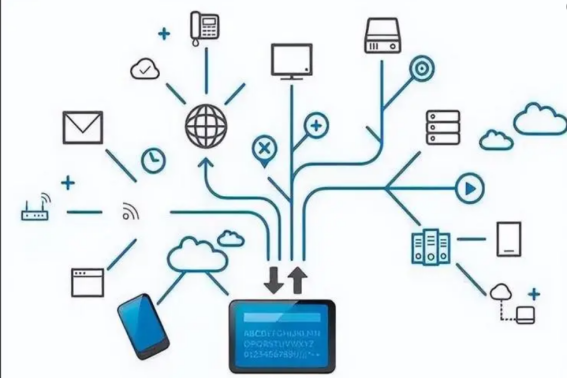In today’s digital landscape, security is a critical consideration in software development. With increasing cyber threats, developers must prioritize security from the outset. This post explores common vulnerabilities and best practices for secure coding.
Common vulnerabilities include SQL injection, cross-site scripting (XSS), and insecure authentication methods. These weaknesses can lead to data breaches and compromise user information. Understanding these risks is essential for developers aiming to create secure applications.
To mitigate these vulnerabilities, developers should adopt secure coding practices. This includes input validation, using prepared statements for database queries, and implementing proper authentication and authorization mechanisms. Regular security audits and code reviews can also help identify potential weaknesses early in the development process.
Furthermore, incorporating security into the software development lifecycle (SDLC) ensures that security is a continuous focus. This approach emphasizes proactive measures, such as threat modeling and vulnerability assessments, throughout the development process.
In conclusion, prioritizing security in software development is essential for protecting user data and maintaining trust. By adopting secure coding practices and integrating security into the SDLC, developers can create robust applications that withstand cyber threats.


